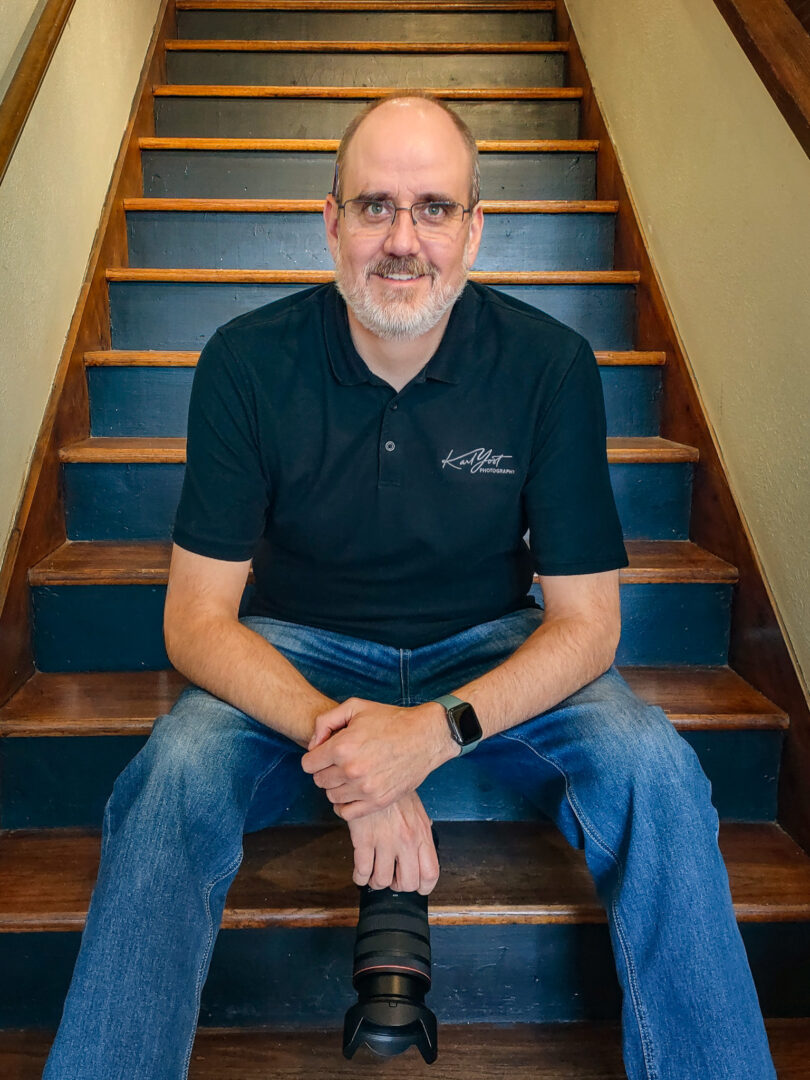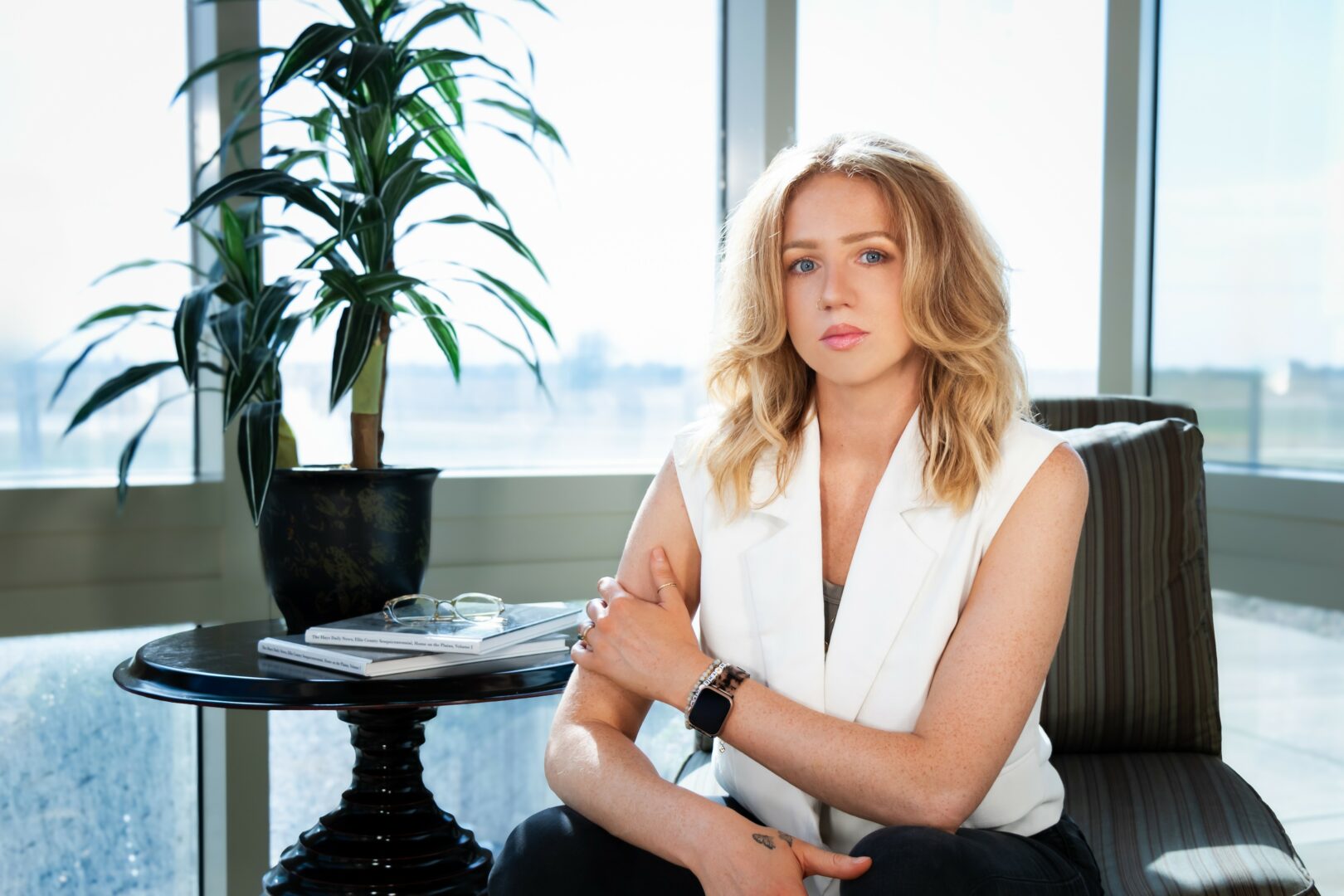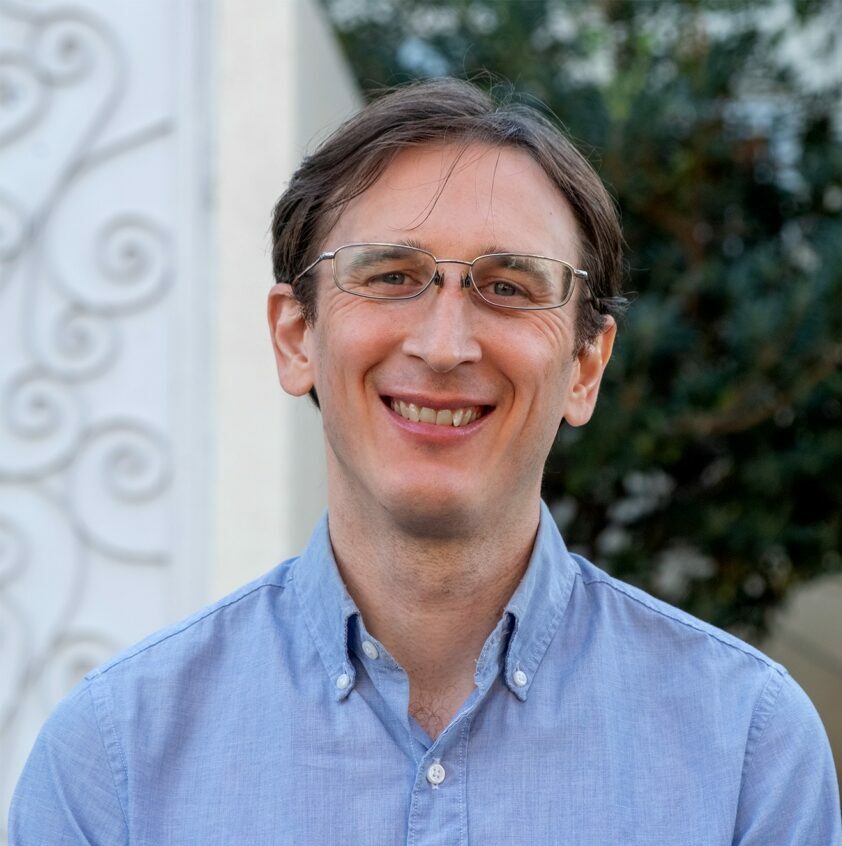We caught up with the brilliant and insightful Karl Yost a few weeks ago and have shared our conversation below.
Hi Karl, appreciate you sitting with us today to share your wisdom with our readers. So, let’s start with resilience – where do you get your resilience from?
It came from a series of changes where I had to start over from scratch. I moved from thinking I’d end up in the restaurant world to working in our family business, and when that chapter closed, I took a major leap into tech. I was tech savvy but didn’t have a degree like my peers. I was just trying to keep up. At the time, I had never heard of imposter syndrome however looking back now, I can say I had it. But I stuck with it, learned quickly, and built a long career. That period taught me that you don’t need the perfect background to build a career. You just have to be willing to admit what you don’t know, ask questions, and put in the work.
Nearly thirty years later, something shifted. I wasn’t engaged anymore, and I was tired of corporate life. My career in tech felt complete, and while staying would have been the easy choice, it felt harder to continue than to walk away. I was tired of forcing a path that no longer fit, and that realization became the turning point.
I was burned out and felt like something was missing. Accepting that life moves whether you are ready or not made the decision to jump full time into photography easier. It gave me something real to move toward again, something creative and hands-on that felt like starting over in a good way. It challenged me in a way I hadn’t felt in years and pushed me back into learning mode, asking questions, facing a fresh round of imposter syndrome, and making mistakes along the way.
In the end, resilience for me is built in the times you begin again, stay open to change, and trust that each new start has something to teach you.

Thanks, so before we move on maybe you can share a bit more about yourself?
A lot of my work centers on photographing creators, and I believe everyone is a creator, whether you think you are or not. Performers, writers, makers, and even small business owners. Anyone building something that matters to them. I’m drawn to the moments when people get lost in what they’re doing and stop noticing the camera. The effort, the focus, the real work behind whatever they’re making. My job is to capture those moments because they say more than anything staged ever could.
Commercial work is a big part of what I do as well. I photograph events, real estate listings, Airbnb spaces, and food and drink for local restaurants. Too many businesses still lean on underwhelming photos, and it can hold them back. My work stays personal because I care about your event, your listing, and your business. I want you to succeed, and I try to bring the same intention I have when working with creators into my commercial work.
On the fine art side, my personal work is where I “do the work”. Margaret Soraya once said, “your pain is your purpose,” and whether she coined it or not, it stuck with me. My photography helps me make sense of my own experiences. It doesn’t need to be obvious to the viewer, I just hope the images bring someone a sense of peace or connection. Outside of shooting, I’m working with a close friend on a photo-critique platform called Critiqly to help photographers build confidence in their work.

Looking back, what do you think were the three qualities, skills, or areas of knowledge that were most impactful in your journey? What advice do you have for folks who are early in their journey in terms of how they can best develop or improve on these?
First is being quiet and letting the other person talk. Whether it’s a board meeting or a one-on-one with a potential client, just listen. You see things more clearly when you focus on what is actually being said instead of what you expect to hear.
The second quality was learning to ask questions so I could actually understand the person or situation in front of me. Years ago in tech, we had a CEO who, if he didn’t grasp what you were saying, would simply tell you to ask it a different way or explain it another way. It was a valuable tool. We get comfortable with our day-to-day jargon and forget that others don’t know what we mean. So don’t worry about not knowing, go ahead and ask.
The third was showing up with intention and taking ownership of things. It’s not always easy to admit when something didn’t go the way you planned, but owning it is better than pretending it didn’t happen.
For anyone early in their journey, my advice is simple. You don’t have to know everything or have a perfect plan. Just stay open, listen, do the work, and keep showing up. The rest works itself out.
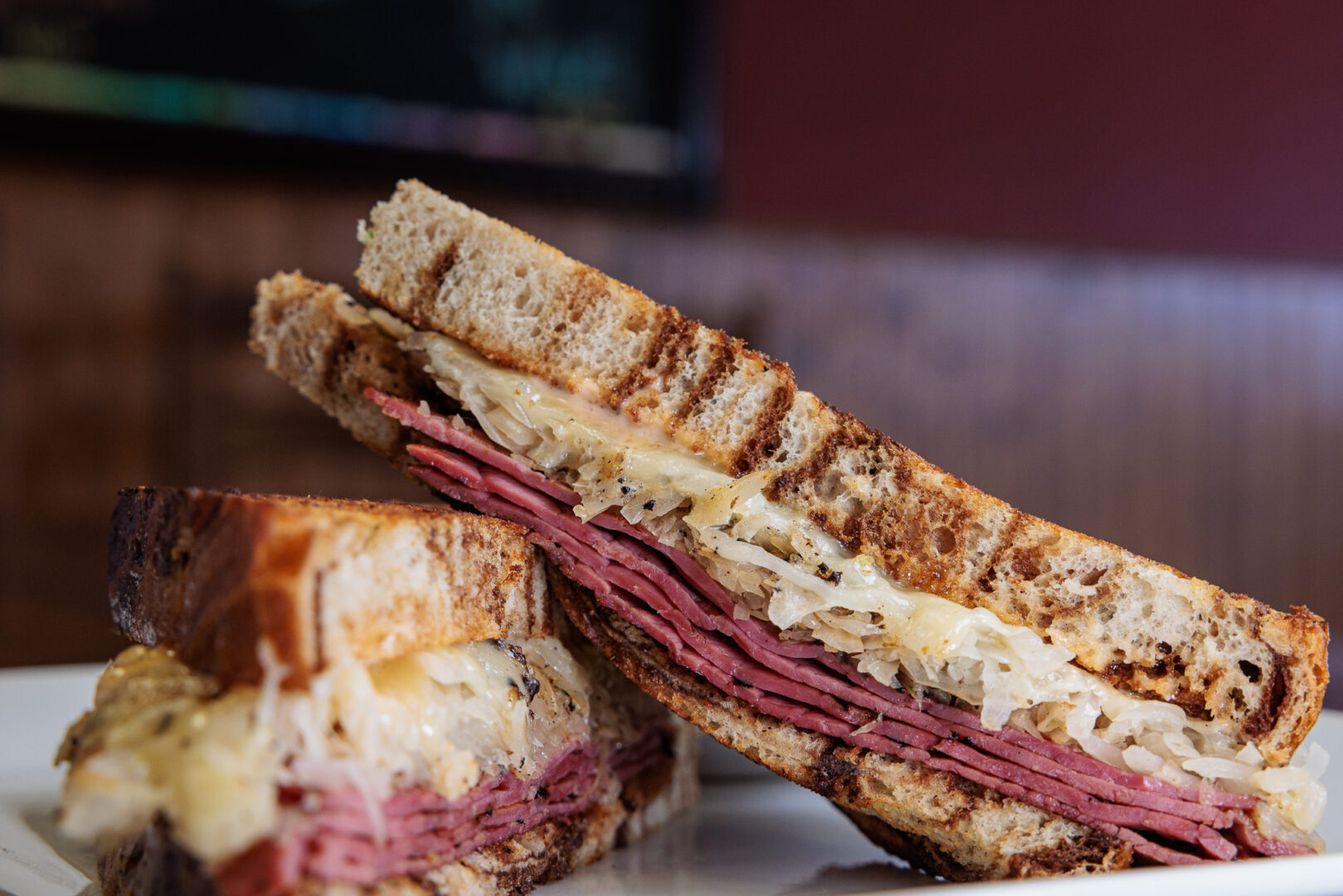
Tell us what your ideal client would be like?
My ideal client is someone who’s passionate about what they’re working on and wants the images to reflect that energy. They’re open to ideas and willing to share what matters to them, because they want the process to lead to images that feel authentic, the way it feels, the way it is, not just how it looks. I work best with people who show up with that kind of intention and want photography to support the story they’re trying to tell.
If that sounds like you, we’ll work well together.
Contact Info:
- Website: https://karlyost.photography/
- Instagram: https://instagram.com/karlyostphotography
- Facebook: https://www.facebook.com/karlyostphotography
- Linkedin: https://www.linkedin.com/company/karlyostphotography/
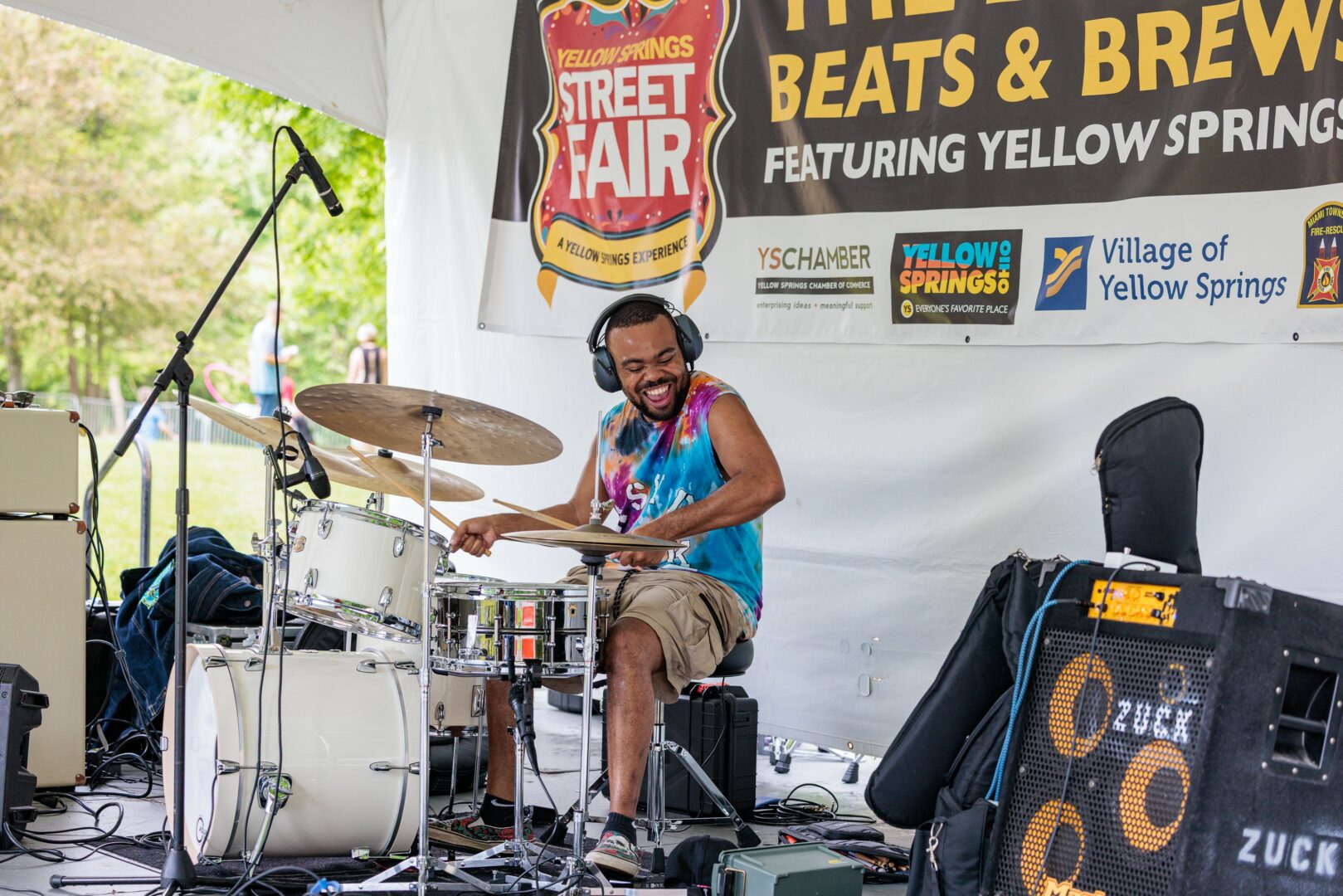
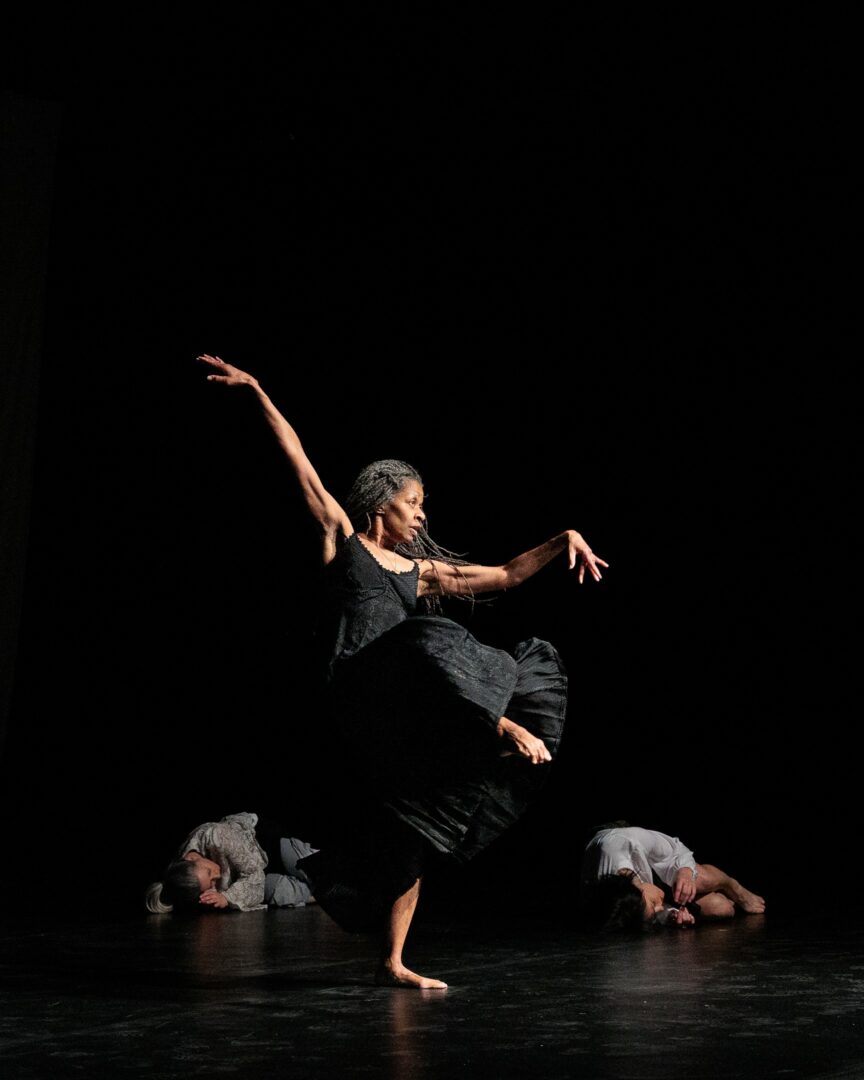

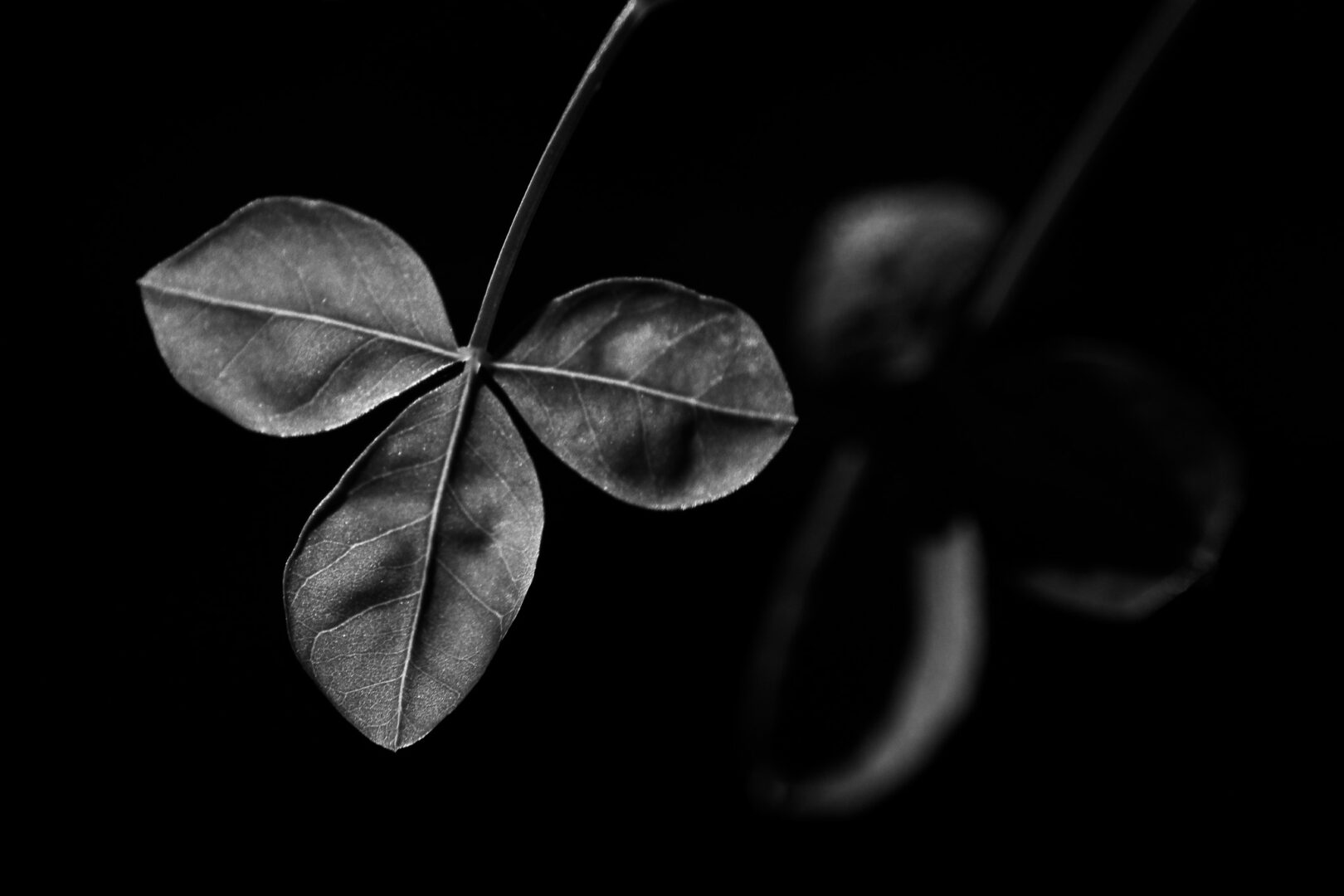
Image Credits
Phillip O’Rourke (Portrait of Karl Yost)
so if you or someone you know deserves recognition please let us know here.

